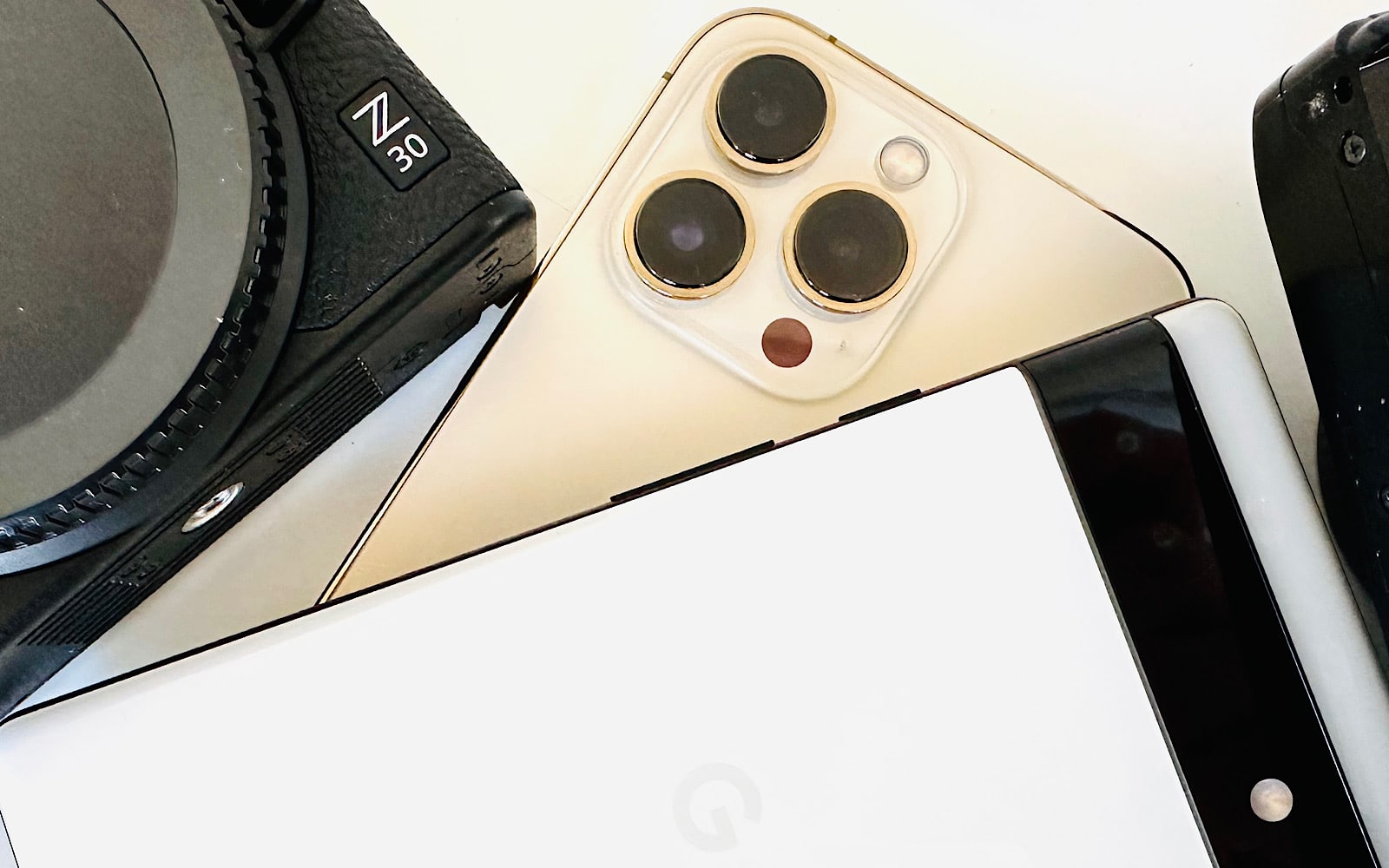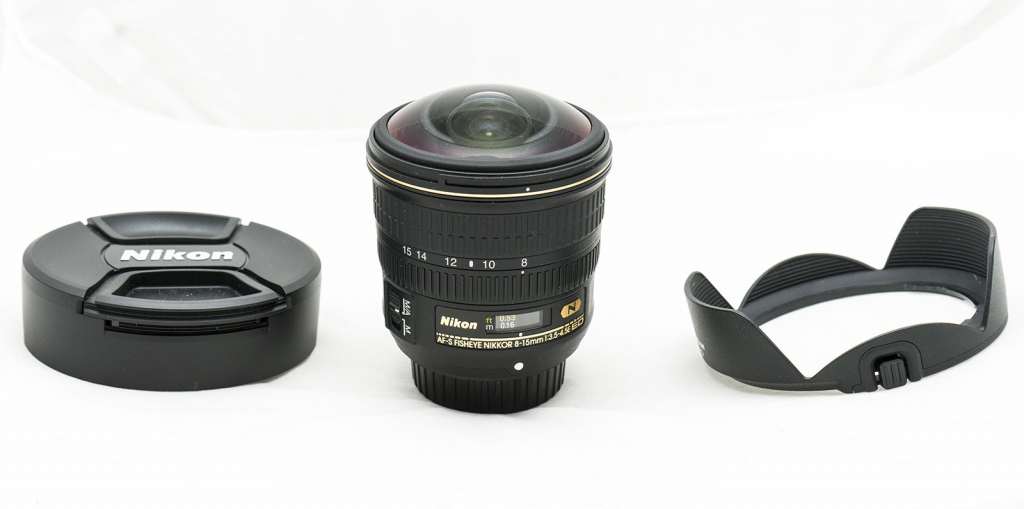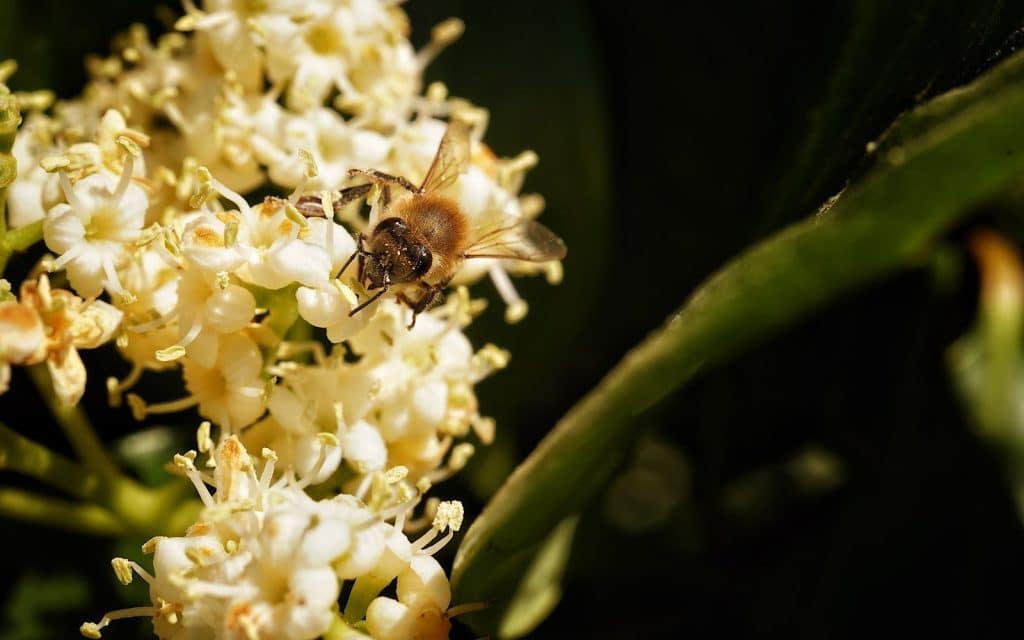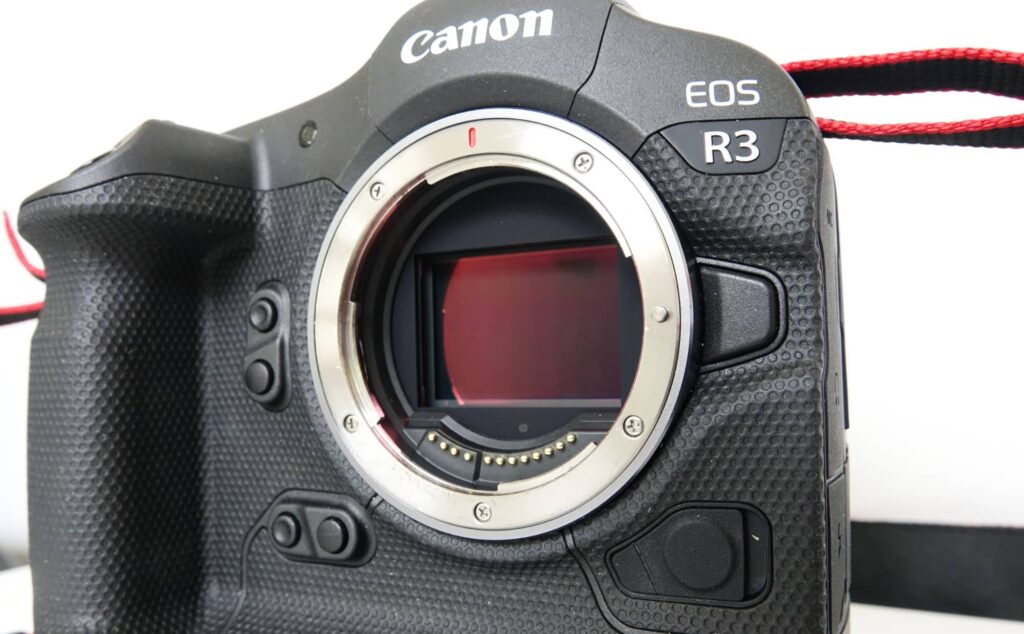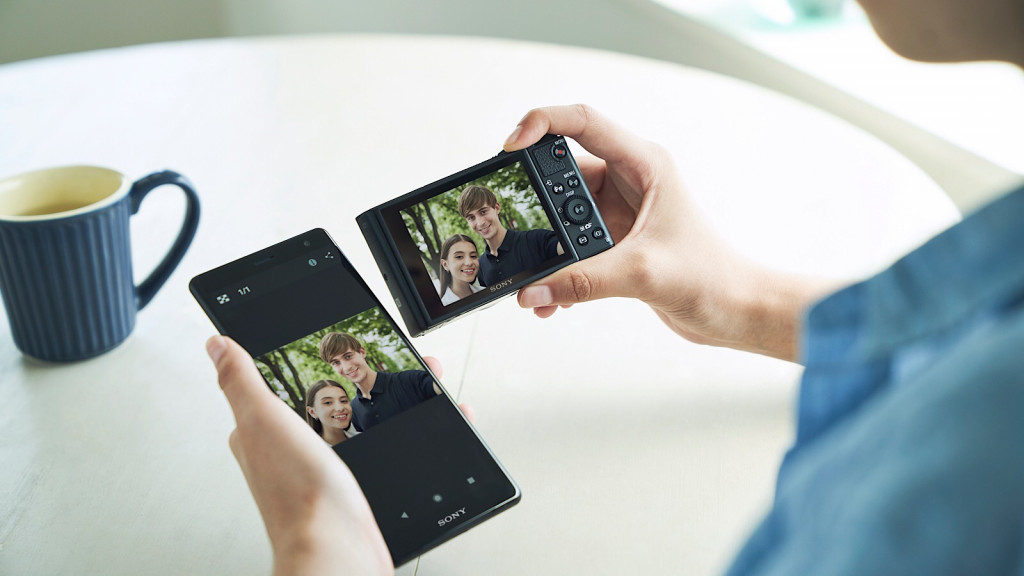Phones with cameras are everywhere and they can sure take great shots, but if you want to move to a bigger camera, what tips can you take?
Convergence is well and truly here as our phone replaces so much in our lives.
It’s our wallet, as we use it to pay for goods and services, tapping on and tapping off. It’s our music player, letting you tune into nearly any song on the cloud, whether you pay for it or not. And our phones are our cameras, allowing you to snap a picture any time and any where.
For many of us, our phones are the best chance we have of remembering an event or situation because of that camera. It’s always there, ready for action, snapping away to the storage on your phone before quickly being shared, whether it’s on social or even to an always-connected photo frame of sorts.
We’re hardly surprised so many are using their phones instead of a dedicated camera these days because of that ease of use, but it doesn’t mean you have to forsake having a camera body. In fact, there are totally great reasons where a dedicated camera will almost always out-perform a phone camera, namely in control, speed, and low light.
If you’re considering the jump from one to the other — from phone to proper camera — it’s well worth knowing that there are tips you can take from one to the other, because a camera is a camera.
A phone camera may not offer the same controls, element of speed, or even low light performance, but there are tips and techniques that work between both, and may even see the things you learn and do on a phone improve on a proper camera body.
Composition is a great starting point
First up is composition, which is a great place for any photographer to start.
While some people have a natural innate ability to understand a scene and setting, others might need a bit of help massaging it into place, and that is where compositional tips come into play.
And the most obvious is the rule of thirds: simply put, divide your image into nine squares, either in your head or using your camera. The nine squares represent the top, middle, and bottom of the image, as well as the left, centre, and the right, allowing you to picture the composition as if it had structure and work out where the image would be best placed.
Alternatively, there’s also the rule of fourths, which does the same thing, but with a grid of four-by-four, offering more compositional understanding by shifting the elements to more squares.
“Nailing composition through the deliberate arrangement of elements in a camera frame is like speaking a visual language that conveys emotions, messages, and stories with pinpoint precision,” said Karen Woo, Photographer and Ambassador for Nikon in Australia.
“Imagine dividing your canvas and placing key elements along the far-left or far-right grid lines – you immediately break free from centring elements to inject energy, balance and visually engaging composition,” she said.
Not all phone camera apps come with the rule of thirds or fourths, but dedicated cameras typically will, and these can help you get an image looking just right.
Start with basics
Next let’s head into the basics: anyone can take any picture, but how will you take a picture of something classic and make it interesting?
Start with the most obvious one: a bowl of fruit.
It’s something the great artists have been doing for centuries, and while you might not be Cezanne, you can learn from how artists painted a still life with your own fruit bowl. Grab some fruit, pile it into a bowl, and try to make the image interesting. And then see what you learn.
Can you make an otherwise boring image visually compelling by upping the contrast or changing how it looks? Could the background be different, and what about the light?
Starting with the basics gives you a way to experiment, and works well on the phone, but gives you even more control on a dedicated body with more finite controls.
Artists have been doing it for centuries, and you can learn from it, too.
Try different angles
Regardless of whether you capture a bowl of fruit, experiment with angles. Wide, close, and really close via macro; each angle you try can result in a different photo, and both techniques work on phone and camera.
But while a phone can act as a bit of a test, a camera and its array of lenses can give you a lot more to work with in this way.
For instance, most phone cameras offer an ultra-wide angle lens, but while it pulls the image back, it’s not quite the extreme ultra-wide that a fisheye lens delivers on a dedicated camera.
“Wide-angle photography creates a unique point of ‘distorted’ view, making it look intriguing and bolder,” said Woo.
“Get up close to your subject for dramatic perspective distortion, or use it to showcase expansive landscapes with vivid clarity,” she said.
Wide isn’t the only angle you have at your disposal that you can test with a phone. Consider getting up close and personal with scenes and images, be it using a telephoto or even a macro.
Not every phone can let you test that last one, but there are some that do it well. Owners of an iPhone 13 Pro, 13 Pro Max, 14 Pro, and iPhone 14 Pro Max can get a starting point in close up photography with their built-in macro tech, but they’re nothing quite like a real and dedicated macro lens on a dedicated camera body.
Experiment with what your phone has, and try the unconventional angles you might not be thinking about. And then when you’ve found some you like, imagine how much more control you might have with a dedicated camera and lens.
Be patient, very patient
Photography is a visual art form all about balancing light and time, and sometimes that means you need to be patient to get the right shot.
An image could just materialise perfectly without waiting, but sometimes you might need to wait a little bit, so build up that patience.
Patience is one of those things photographers using either gadget, phone or camera, need to rely on, particularly when you’re capturing something at night.
Low-light control
When you’re capturing in the low-light of night, patience is important because the image can fail if you’re not.
It’s one area a dedicated camera will almost always outperform a phone in because the hardware is just that different.
“Low light no longer means low quality,” said Brendan Maher, Senior Manager for Product Marketing at Canon.
“The combination of bigger sensors and lenses in mirrorless cameras improves what the pros call ISO sensitivity,” he said. “In a nutshell, that means that the camera collects more light, and makes it easier to use that light.”
A larger sensor phone in a dedicated camera body means that a dedicated camera has more to work with, though phones are improving here, and that makes them great testing ground to see what you want to capture.
Consider pulling your arms in at your side and holding your breath for a few seconds as you capture on a phone at night, effectively turning your body into a sort of “human tripod”.
It’s not quite as good as a real tripod, but it’s a technique that works for both phone and camera, and can let you snap images in low light for both.
Phone and camera together
Even though this article is about moving from one to the other, you don’t actually have to jump from one device and leave the other behind.
Rather, a camera and a phone can work incredibly well at the same time, often for capturing images using your phone as a remote control, or even for transfers back to the phone.
“It’s not as big a step as you think,” Maher told Pickr.
“You can still work with your smartphone when upgrading to a camera,” he said. “Remember, your camera can work hand in hand with your smartphone for instant sharing.”
That last one can be incredibly important, and sees your phone not only become the place to share images, but also to process them.
Most photographers know that images out of the camera — any camera — will want to be edited slightly, and your phone’s apps can help you there.
Cloning out features and fixing unwanted elements, colour balancing, and retro image filters are just some of the reasons people call on Photoshop and other apps, and you may find you can work images on your phone without needing to touch a PC or Mac, all thanks to the wireless image transfers of a modern day camera.
Don’t be afraid to try
Ultimately, though, don’t be afraid to try. That is possibly the best tip for anyone learning photography, because you’ll learn something through both failure and success.
This tip is perhaps the most important for the day this article was launched on — August 19, World Photography Day — because you’re always learning as a photographer, particularly through experimentation in the visual art form that is photography.
Even this old photographer, who before he was a journalist spent time as a photojournalist, motor sports photographer, music photographer, art and studio photographer, and has spent way more time in a darkroom than he should probably admit, so much that he still remembers the specific smell that is fixer and has no problem adjusting his eyes to the red and orange used for monochrome and the pitch black of colour.
Even this guy still keeps learning things, partly because a good photographer never stops.
It’s not like the old days of photography, where every photo incurred a cost.
Back during the days of film, experimentation cost money because every roll and frame of film had a monetary cost that could be applied to it. In the world of digital, that cost is far, far lower, so much that you won’t even think about what it costs to snap a picture.
Storage on your phone and camera may well add up to something, but you’re hardly limited, so experiment with angles and contrast and light settings and more, and don’t be afraid to take photos of things you want to remember and/or learn from.


